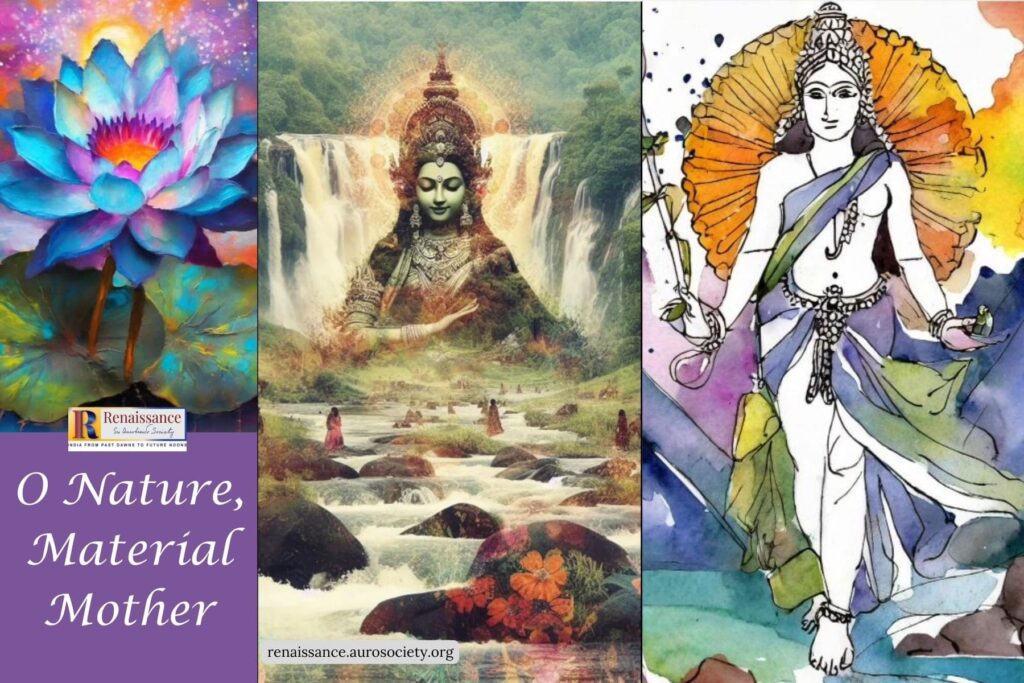It is often said that there are three main ways to know India. First, and the best way, is to aspire to realise the truth behind India’s profound and life-affirming spiritual thought. Second is to identify with the deeper truths behind India’s countless stories, particularly the stories told in itihāsa-s (Ramayana and Mahabharata) and numerous purāna-s, kāvya-s and other dharma-shāstra-s and niti-shāstra-s.
And the third way is to travel through the length and breadth of India. The curious seeker can explore her richly diverse history and living heritage and experience firsthand the wide range of traditions and cultural practices. One will begin to appreciate how these traditions have been preserved over millennia and are also being given new forms with changing times and contexts.
For this month’s Insightful Conversations we speak with Ms. Sawani Shetye who hails from Goa. She, in a way, combines all the three in her quest to relate to the deeper spirit of India and serve her motherland through her work. Ms. Shetye has been a student of Ancient Indian History and Archaeology, and has extensively explored the history and cultural heritage of Goa. Her love for history and her enthusiasm for travel, and most importantly her passion to share this interest with other enthusiasts led her to start a heritage consulting agency.
Teaching History through Stories and Experiences
Ms. Shetye shares with us what made her enthusiastic about the subject of history, and especially the history of her home state. We also learn about many interesting points about how history can be made an enjoyable learning experience for young minds.
Ms. Shetye has curated special heritage travel based learning experiences for people in and around Goa. She has also conducted several heritage related workshops and courses for schools and colleges. Based on this experience she tells us that one of the best ways to engage people with history and heritage is through the medium of stories. But these stories should be told in such a way which can help the listener see the continuing links between past and present. Another approach is to make history learning a living, dynamic, interactive experience such as through games – physical and virtual.
We do not attach much importance to how many kings have ruled the country, which king came to power in which year and how long his reign lasted or the date when the Battle of Plassey was fought. What we teach, rather, is how in ancient times the Aryans formed the nation, how today’s Marathas became Marathas, how the Bengalis became Bengalis, how the Punjabis became Punjabis. Once the students have understood these things clearly, it does not matter if they fail to know the year of the Battle of Plassey.
(Sri Aurobindo, CWSA, Vol. 7, p. 814)
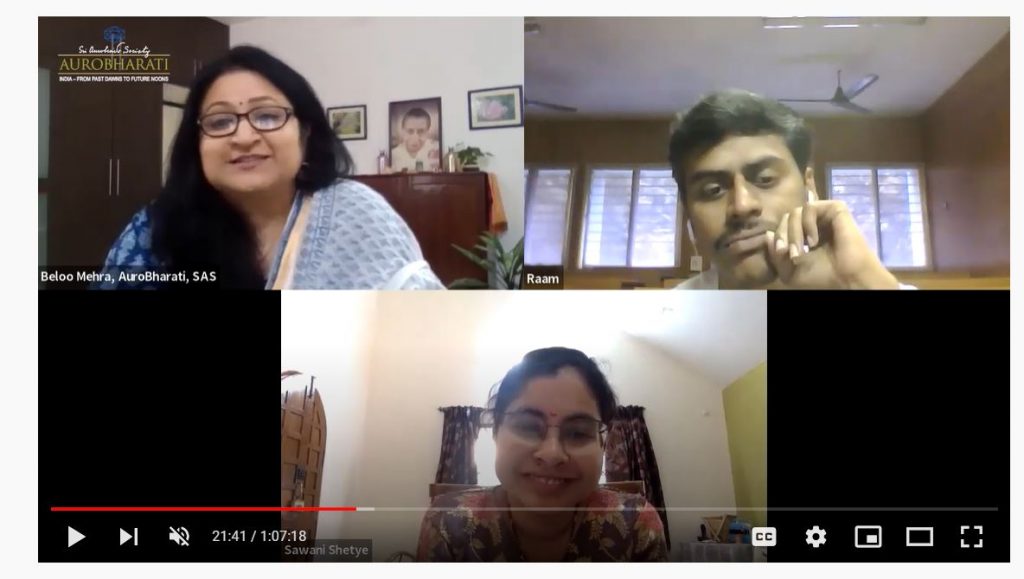
Travel that Educates: Example – Goa Beyond the Beaches
As a heritage travel curator, Ms. Shetye sheds light on the effectiveness of culturally sensitive travel to educate people about their history and cultural heritage. Sharing about her experience of curating heritage trails for youth and children of Goa, she tells us that discovering a culturally rich side of Goa and its related historical context is generally an eye-opening for many of them. Because for long they too have been accustomed to seeing Goa through the lens of standard commercial promotion by tourism companies — that of being only or primarily as a ‘party place’.
In this wide ranging conversation we also learn about what is unique about the history of Goa and also about Goan freedom movement. She shares some anecdotes about individuals who had come from far off places in India to fight with natives of Goa to secure its independence from the Portuguese colonialists and sacrificed their lives.
The ‘Goa Beyond the Beaches’ experience can often be a deeply educational one, especially for those who are interested in history and heritage. This becomes clear as our conversation continues.
Click HERE for more of such Insightful Conversations
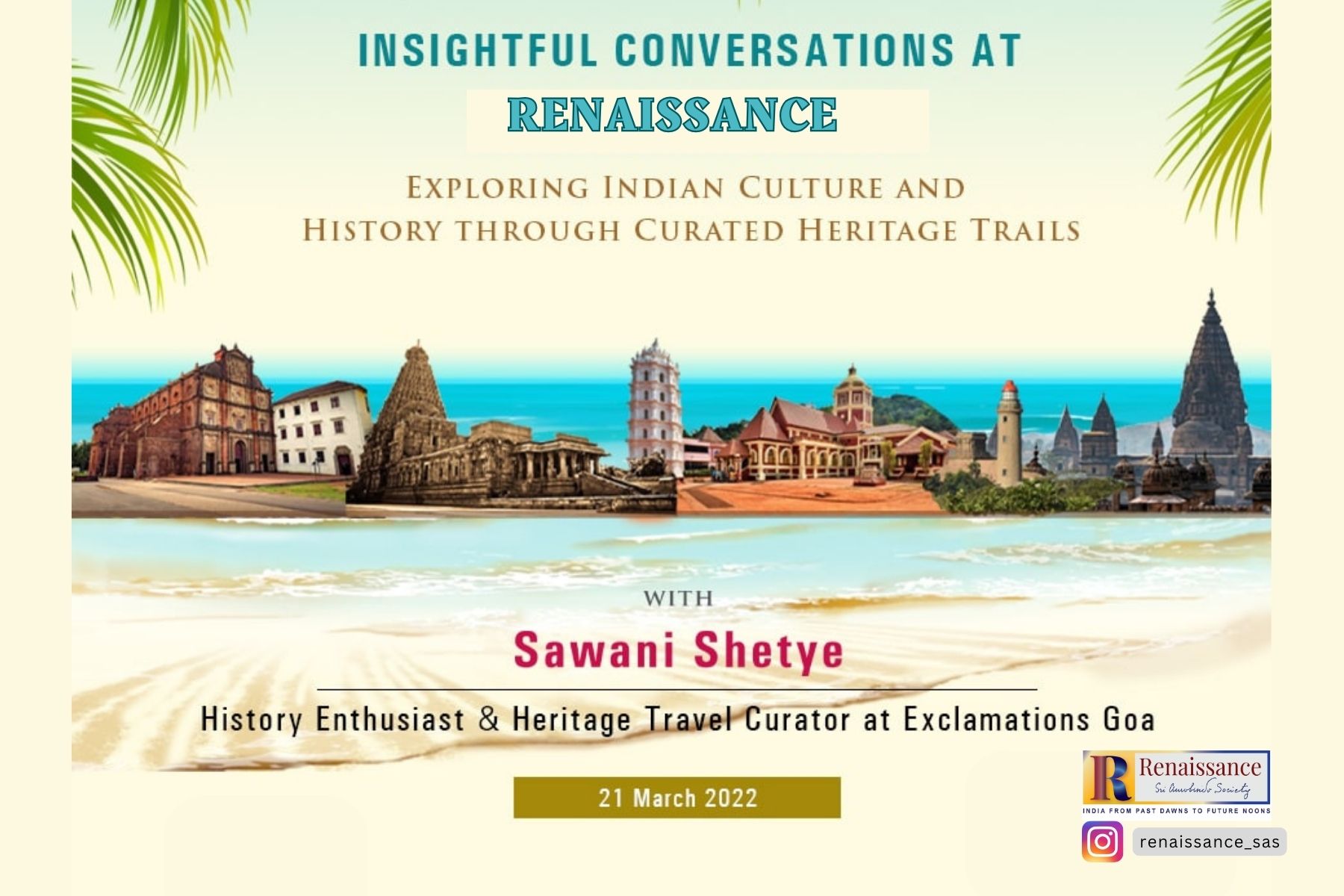
Sharing a few stories about Goan history, Ms. Shetye emphasises that learning about one’s history in a meaningful way can impact one’s sense of individual and collective identity. Having a deep interest in Indian temple architecture, she also speaks about the uniqueness of temples of Goa. The temples’ history and connection with the sense of Hindu identity as it evolved during the most brutal colonial period of Goa make this part of the conversation highly informative.
Our guest tells us about the Goan hindu temples being ‘refugee’ temples in the sense that the deities had been forced to move to safer places due to colonial oppression. She adds that often many younger generation Hindus in Goa are also unaware of the painful history of their local temples.
With her interest in history and temple architecture, Ms. Shetye has recently started making informative videos about temples to places she has personally visited in Karnataka. She shares them through her social media. She plans to make more informative videos in the near future, especially about the temples of Goa.
A Quick History Lesson
The 400+ year Portuguese colonial rule from 1510 onwards was a brutal period for Hindus of that region. They were not only not allowed to practice their religion, but were also forcibly converted, persecuted, tortured, their property confiscated. Several temples were levelled to the ground. Even books written in Sanskrit, Arabic, Marathi or Konkani were destroyed. The infamous Goan Inquisition (1560 to 1812) was established to enforce Catholic orthodoxy in the Indian dominions of the Portuguese Empire.
Faced with such tormenting circumstances, Hindu devotees with steadfast faith in their deities took great risks and stealthily managed to shift away the deities from almost all the temples in the Portuguese controlled districts to areas that were not controlled by the Portuguese. Most of the deities were transported across the Cumbarjua waterway and the Zuary river to Ponda in the territory of the Sonda Rajas (feudatory vassals, first to the Vijayanagara kings, then to Bijapur Sultanate, and later to Maratha Empire).
Watch a video on Temples of Goa
In our conversation Ms. Shetye recounts briefly this chapter of Goa’s history. She tells us that Ponda was a safe haven for Hindus fleeing persecution by Jesuits and the Portuguese. The forests in the area allowed Hindus to design makeshift temples and install the deities they had salvaged from the temples destroyed in other regions. By housing their beloved deities in small huts and modest dwellings, hidden from the destructive gaze of the missionaries, Hindu devotees managed to ‘save’ their gods. And patiently waited for the time to turn so they could build grand temples for their beloved gods.
To this day most of the major Hindu temples in Goa are located in Ponda. Ms. Shetye tells us that during her trails when she shares stories about specific temples with her Goan clients, especially about how their ancestors risked their lives to protect the deities, she finds that often a new appreciation and a deeper reverence dawn on these young minds and hearts.
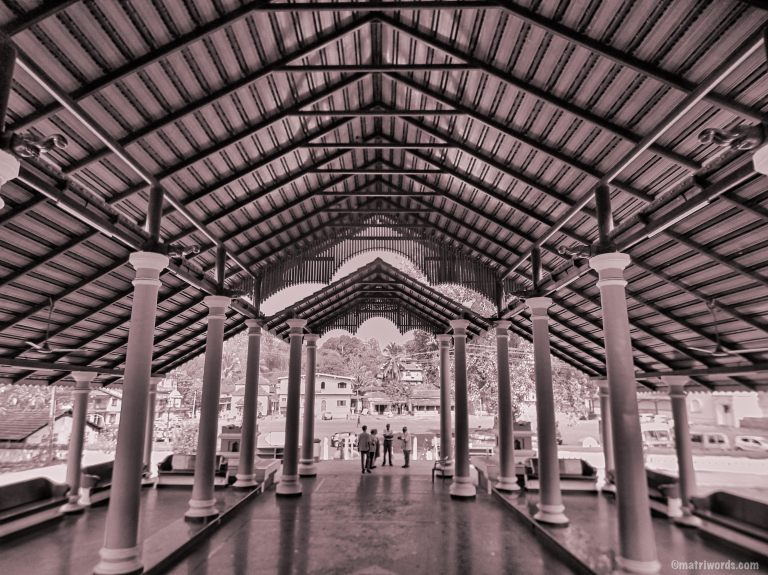
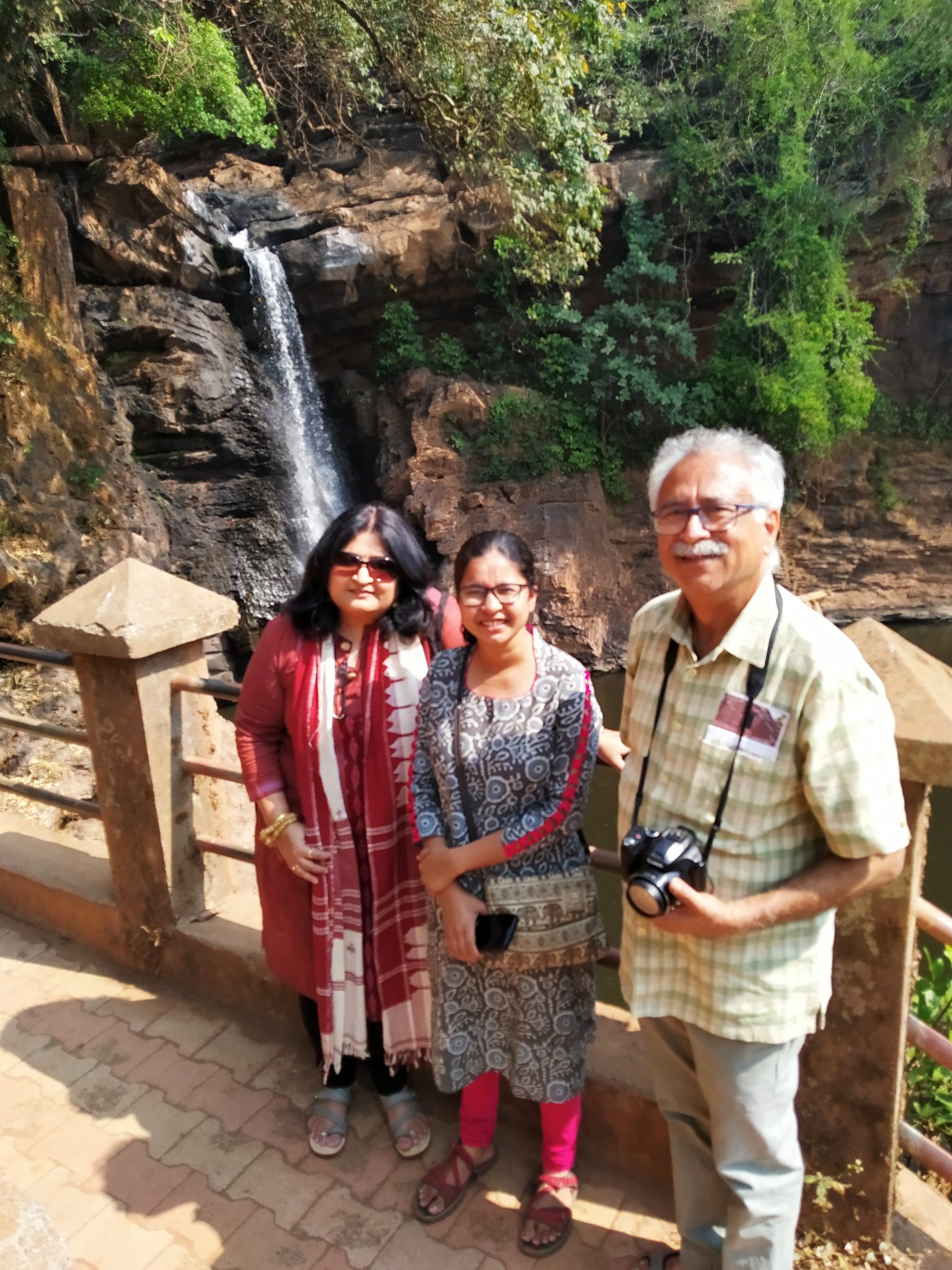
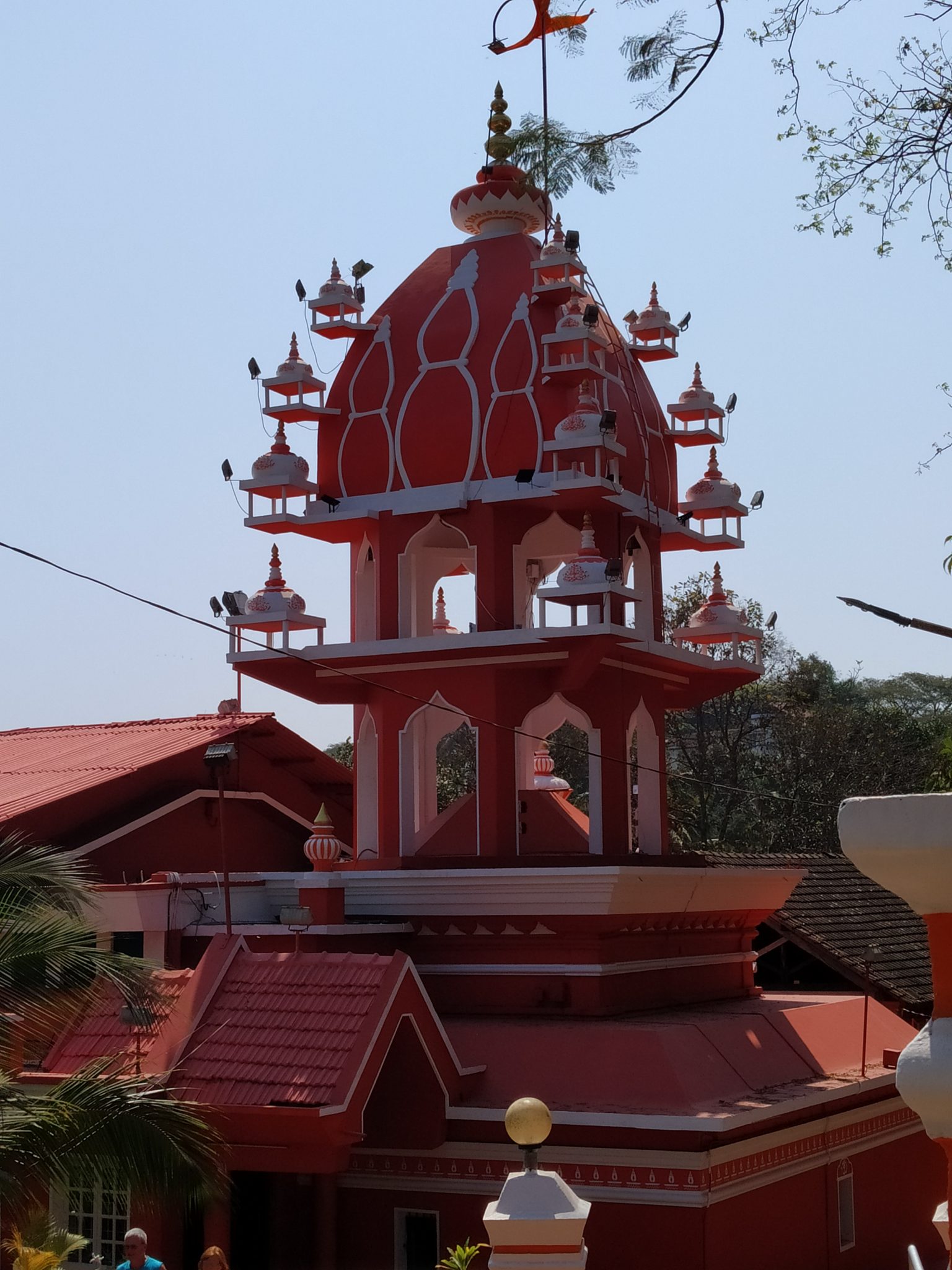
With travel opening up more and more now after two years, Ms. Shetye plans to curate more of heritage trails, particularly in other parts of India. As a young woman who has made her own path guided by her deep interests and her passion to do something meaningful for India’s rebirth, she shared some practical words of advice for youth who are passionate about carving out a sustainable work opportunity based on their unique interests and through their work serve Mother India.
“It is by being sincere, courageous, enduring and honest that you can best serve your country, make it one and great in the world.” (The Mother, CWM, Vol. 13, p. 352)
Several other points about how to encourage an appreciation of diverse histories and richness of our cultural heritage among the youth emerge during our conversation. For example, it is clear there is a need to ‘up the game’ with regard to heritage travel experience in India. This will motivate more domestic and international travelers to explore the richness of Indian culture and history.
Watch the full conversation here:
About Sawani Shetye:
Sawani Shetye has a master’s degree in Ancient Indian History and Culture and Archaeology from Deccan college, Pune. She is passionate about facilitating history and cultural awareness, and with this view she founded Bhoomij Heritage Consultancy. She also did additional studies in Archaeology of Buddhism and other culture related areas. Her experience also includes conducting courses and heritage related workshops for students at schools and colleges.
Sawani has deep interest in Indian temple architecture and Indian art in general. She has recently started making informative videos with an aim to reach younger generations of India and the world – to help them know a bit more about the depth of temple architecture and its iconography. Always on an ongoing journey of understanding the spirit and essence of India, Sawani currently works as a Curator at Exclamations Goa, a venture that helps travellers explore Goa beyond beaches.



